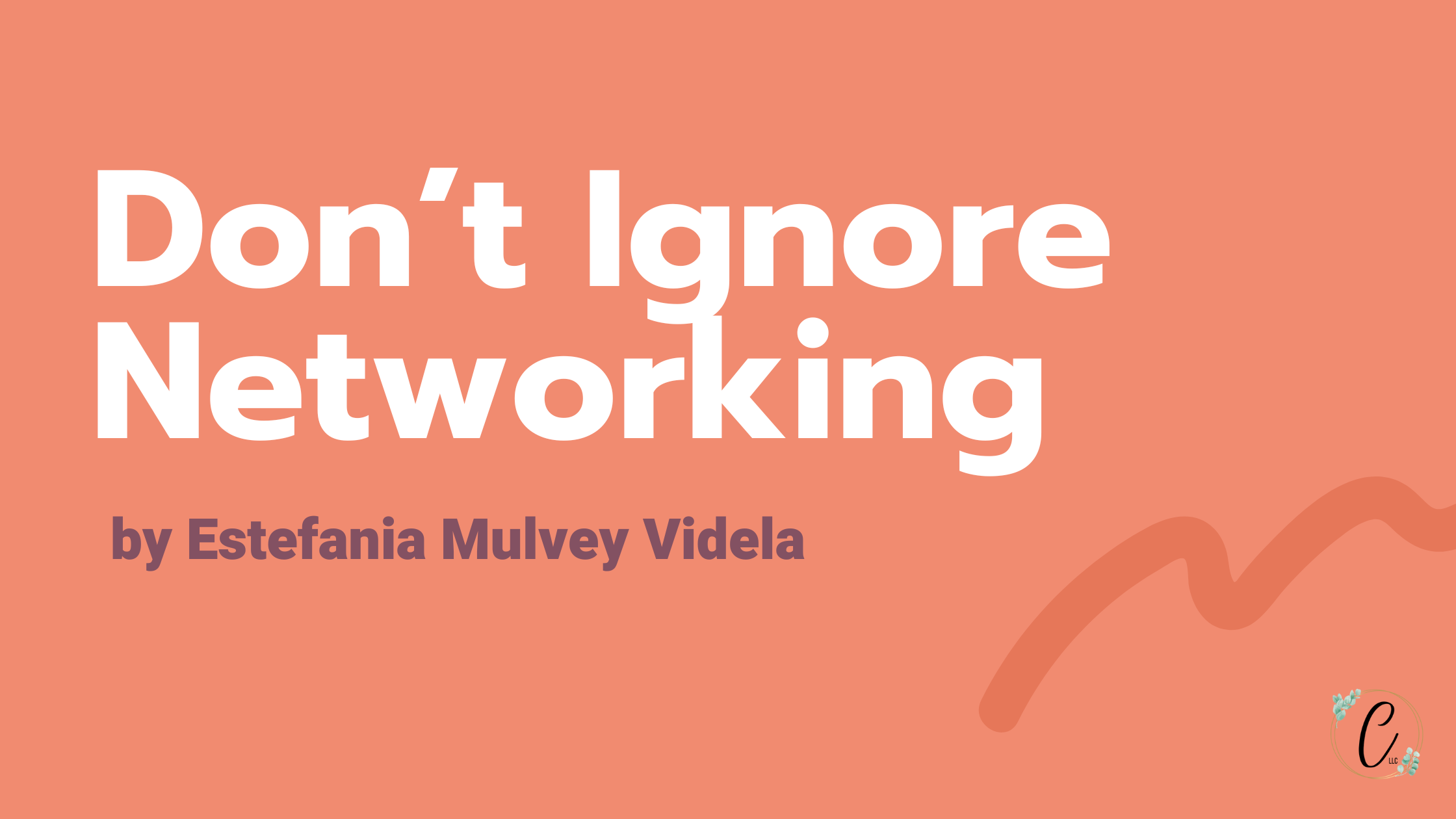
You’ve probably heard the saying, “It’s not what you know, it’s who you know.” And honestly? That’s real—especially in the nonprofit and small business worlds. Whether you’re trying to grow your organization, find the right collaborator, or get your next project off the ground, networking is essential.
So… What Is Networking, Really?
Networking is more than just passing out business cards or collecting LinkedIn connections. At its core, it’s about building real relationships within your professional and community circles. That could include:
- Peers and colleagues
- Supervisors and mentors
- Clients, donors, and community members
The people in your network are more than contacts—they’re your sounding board, your support system, and sometimes, your next big opportunity.
Why Networking Matters—Especially for Nonprofits
In a world that’s increasingly digital, we often forget how powerful human connection can be. For those of us working in purpose-driven spaces, community and collaboration are everything.
About 30% of my time is spent networking—meeting with fellow professionals, community leaders, and just… being available to help. That might sound like a lot, but for me, it’s time well spent. It aligns with my values, it strengthens my relationships, and it’s how my business continues to grow.
How to Start Networking (Without Feeling Awkward)
1. Map Your Interests & Communities
Think about what excites you—professionally and personally. What communities are you already part of? That’s your starting point.
2. Get Online (Yes, Even You, Introverts)
Join groups related to your work, interests, or location. Facebook, Slack, LinkedIn, Mighty Networks—wherever your people are.
3. Attend a Few Events
Local or virtual, events are a great way to connect face-to-face (or Zoom square-to-square). Don’t overthink it—just show up and listen.
4. Actually Follow Up
Don’t let connections die in the inbox. A quick “Nice to meet you!” or “Let’s stay in touch” goes a long way. And no, this isn’t about collecting likes—it’s about cultivating relationships that feel real and reciprocal.
Make Networking a Habit, Not a Hustle
Effective networking isn’t about self-promotion—it’s about showing up, supporting others, and building community. The more you give, the more your network will give back—whether through opportunities, insight, collaboration, or just solid advice when you need it most.
Here’s the real goal:
“If I can’t help you, I *know someone who can.”
That’s the kind of network that lifts you up when things get hard and keeps you grounded when you’re moving fast.
Final Thoughts: Get Out There (Even a Little Bit)
Networking doesn’t have to feel forced. It can start with a message, a shared resource, a coffee chat, or just being the person who says “Let me know how I can support you.”
Whether you’re an extrovert or easing into it slowly, now is the perfect time to build connections that stretch your perspective, challenge your thinking, and open doors.
So go ahead—send the message, join the group, or attend the thing. You don’t have to know everyone—you just have to start.
Want to learn more?
Schedule time with us


